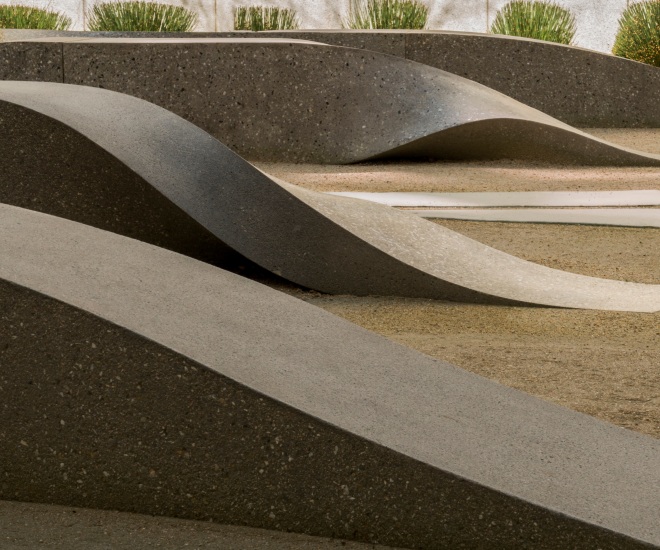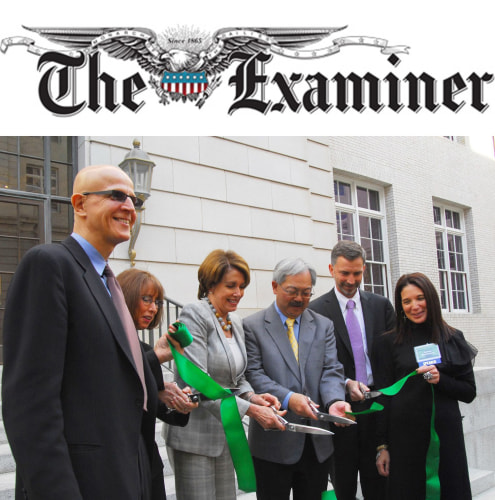

Renovation complete at 50 United Nations Plaza
By Jessica Kwong
Vacated for renovations during the Great Recession, the Depression-era 50 United Nations Plaza has reopened as a historic piece to The City’s burgeoning mid-Market Street corridor.
The building, completed in 1936, had lasted 74 years without a major renovation and survived the 1989 Loma Prieta earthquake. The structure is part of the Civic Center complex, which was placed on the National Register of Historic Places in 1987.
Authorities later decided to restore the courthouse at the center and the federal building was upgraded to the highest environmental standards.
“This was sort of the missing link, and here we are now,” U.S. Rep. Nancy Pelosi said at a ribbon-cutting ceremony attended by dignitaries on Wednesday.
Within a couple weeks, more than 500 employees of the U.S. General Services Administration’s Pacific Rim Regional headquarters will move into 50 United Nations Plaza, preserved with its historic features but also upgraded with 21st-century technology. It is anticipated to receive LEED Platinum certification. The government at one point planned to lease out the building, but ultimately decided against it.
“On the eve of Veterans Day, it really makes a lot of sense to reopen the building,” GSA Administrator Dan Tangherlini said.
A ribbon design in the courtyard by artist Cliff Garten incorporates plans by the original architect, Arthur Brown Jr., the mastermind behind City Hall and three other Civic Center landmarks.
The $122 million renovation was funded through the American Recovery and Reinvestment Act.
At the ceremonial opening, Mayor Ed Lee recalled the building’s groundbreaking and juxtaposed the past with the present.
“At that time, we looked across Market Street. It was three years ago and there was a 30 percent vacancy rate, a darkness to it. People hurried down the street to be avoided,” he said. “I will always reference this as one of the biggest stimulus projects.”
Fifteen companies have since moved into the mid-Market area and 5,500 residential units have been built, with 26 percent set aside as affordable. While companies such as Twitter have been an emblem, the revitalized corridor has not been limited to technology businesses, Lee said.
“We’re going to see this building complement all of what we do in Central Market and it will be sustained,” he said, adding that the building is “symbolic of the renewed way we do things with public and private partnerships.”